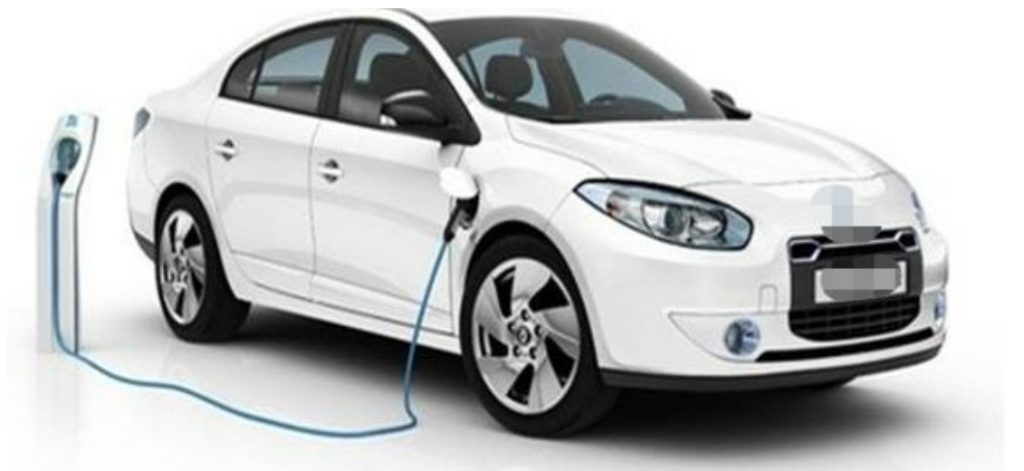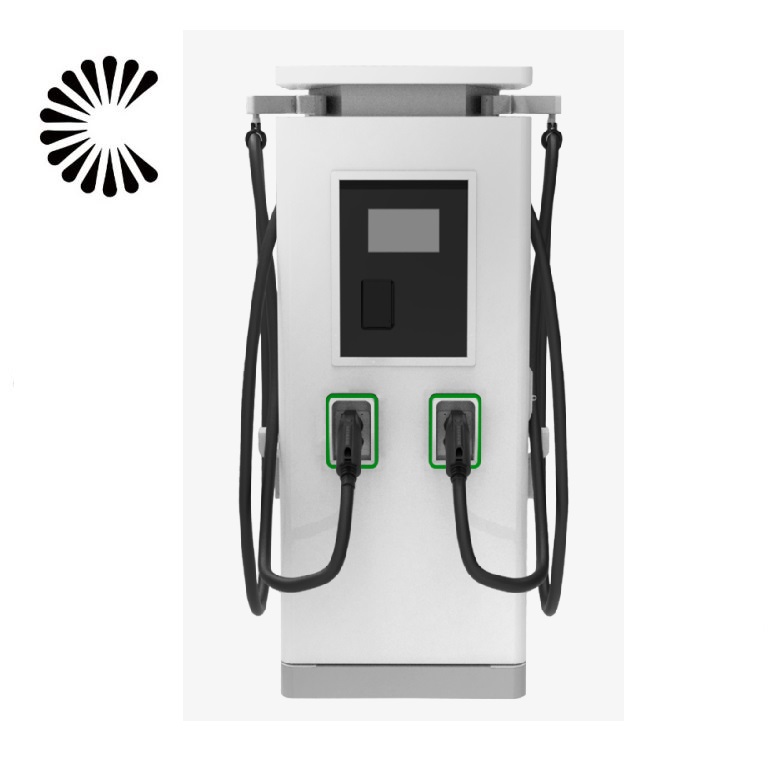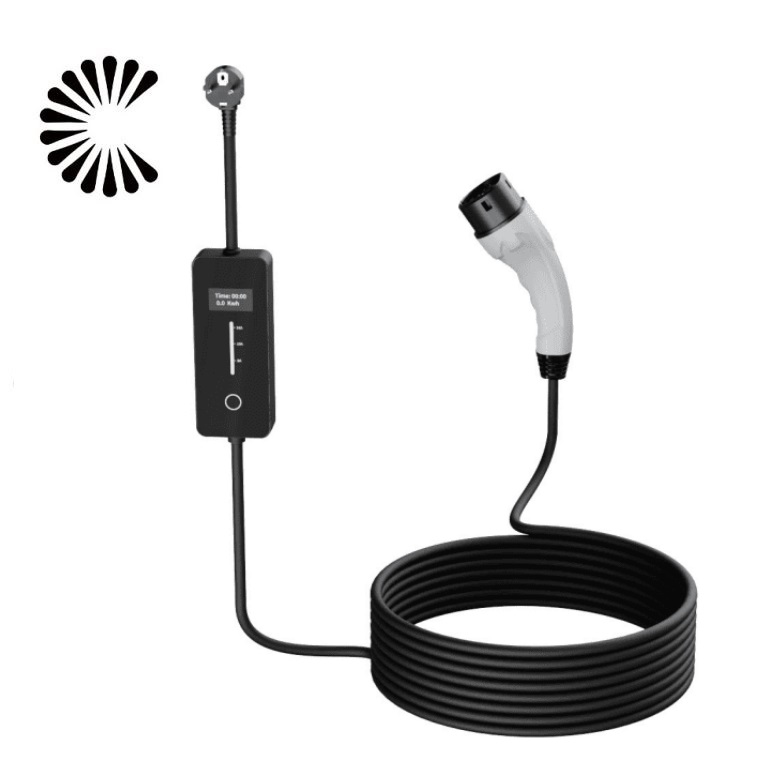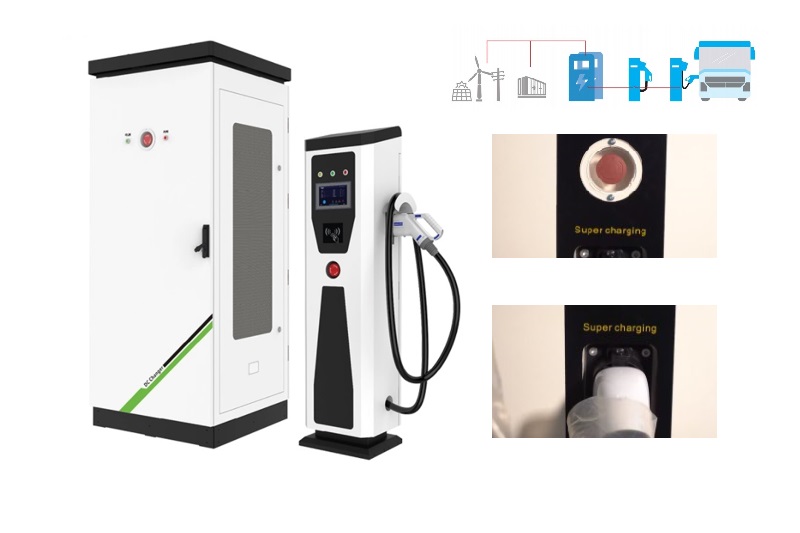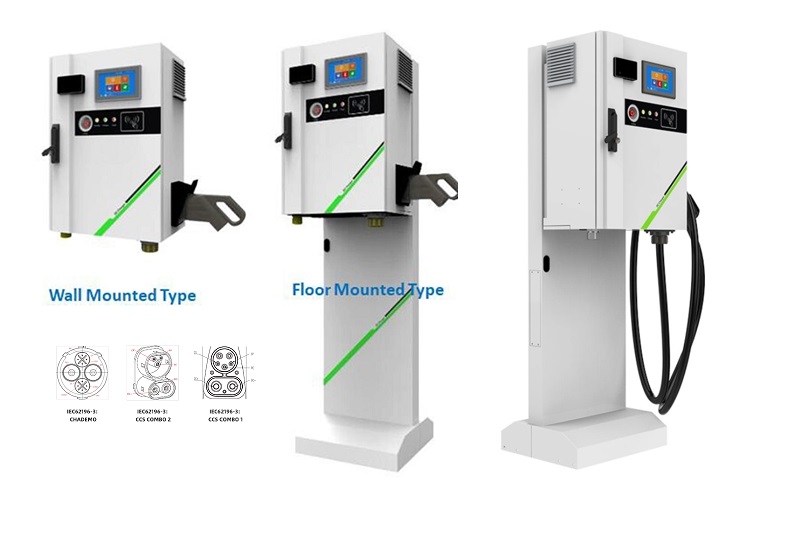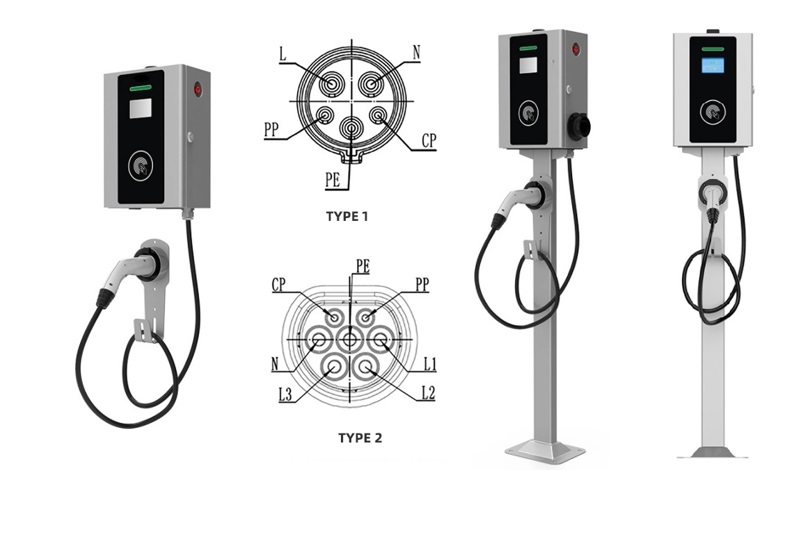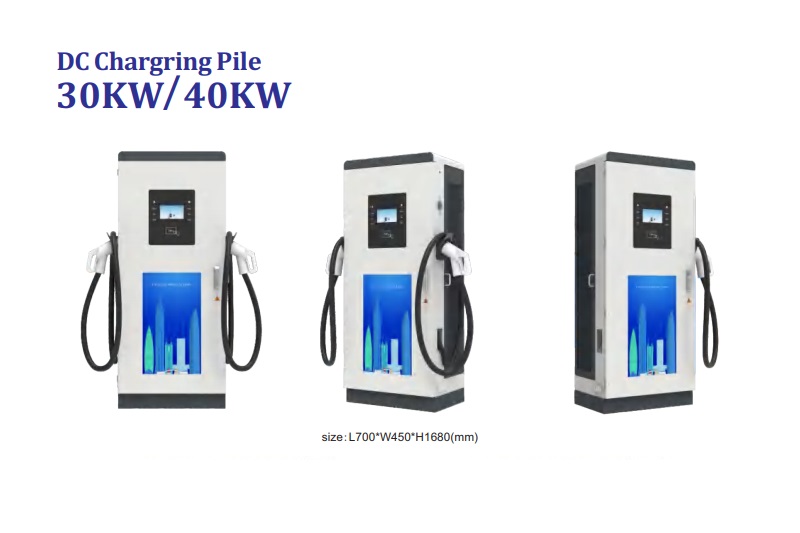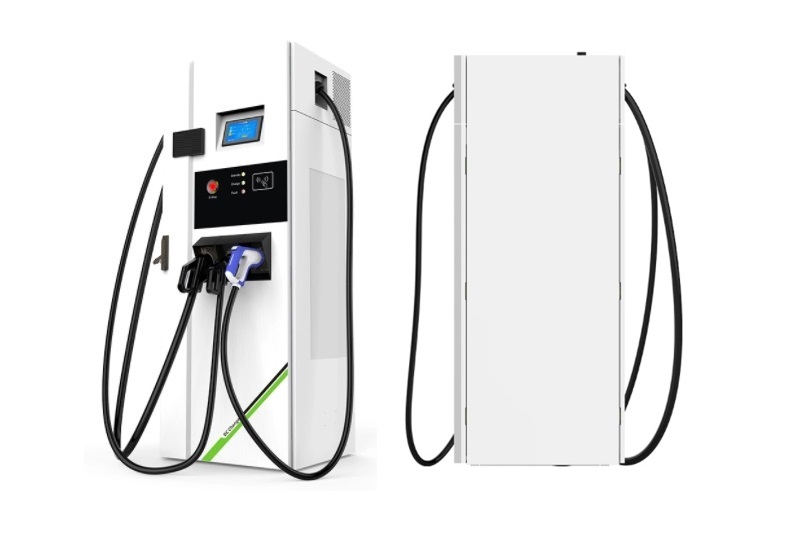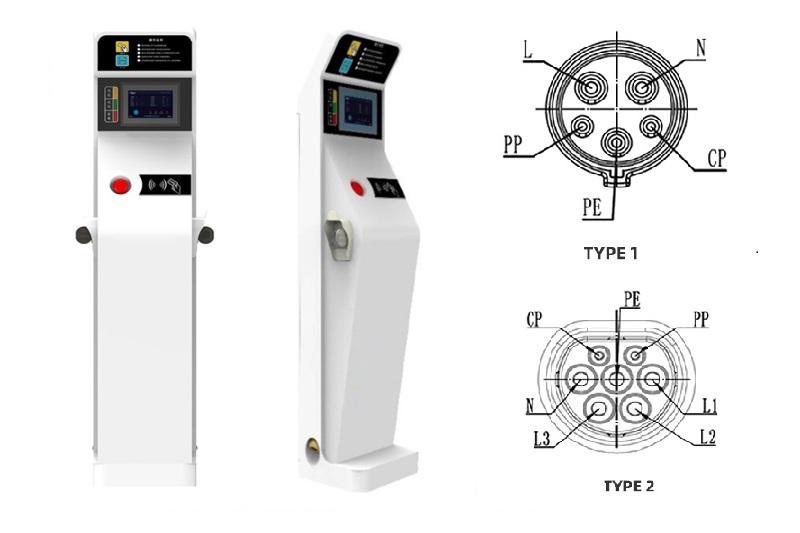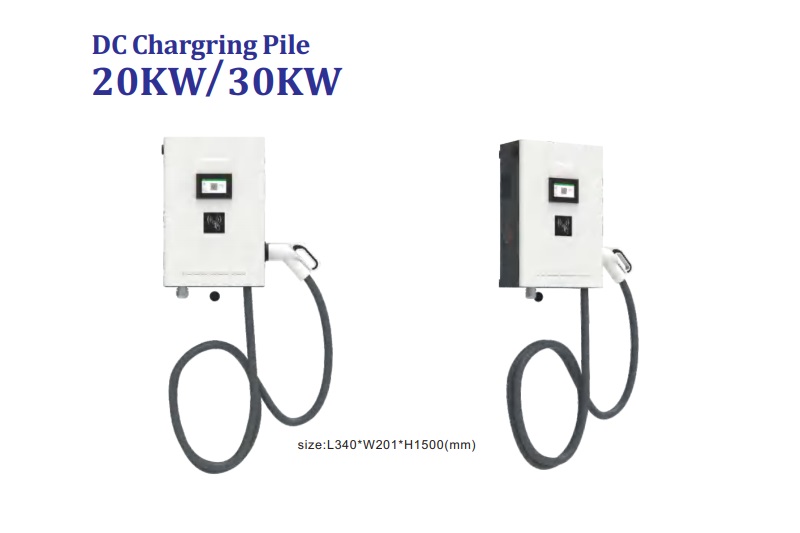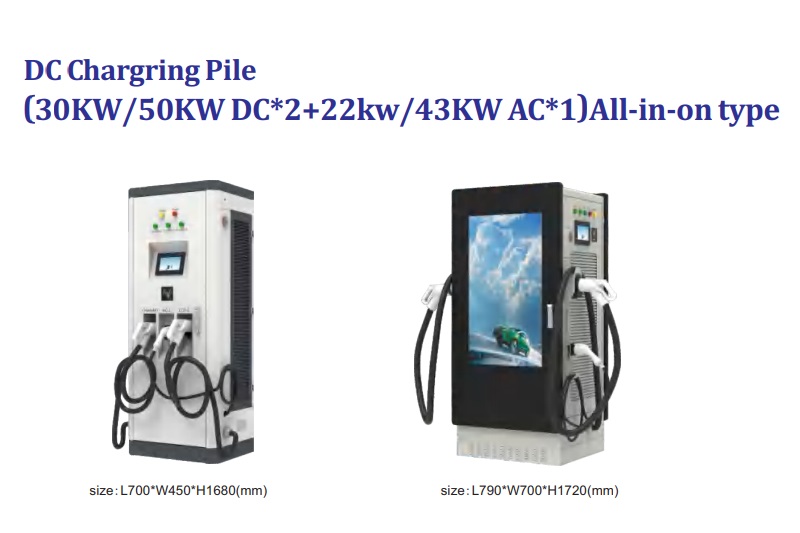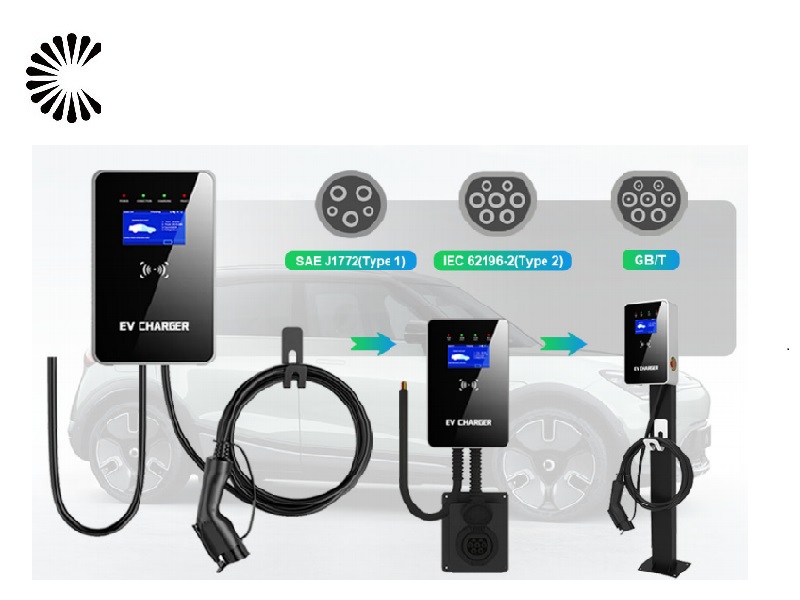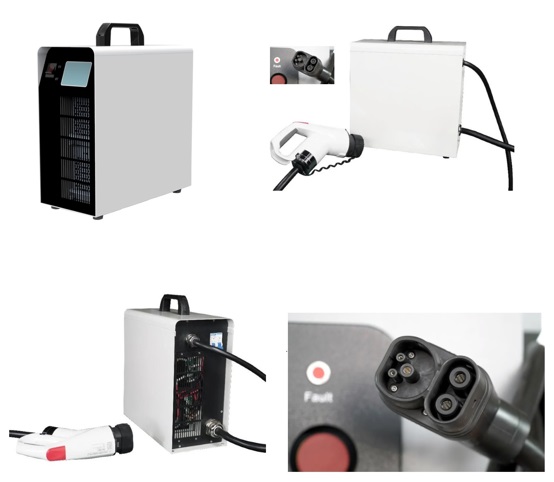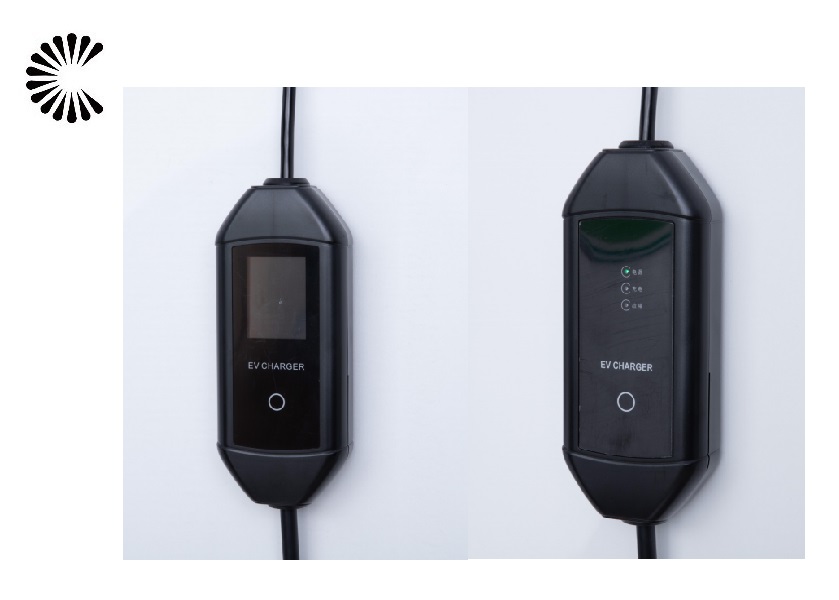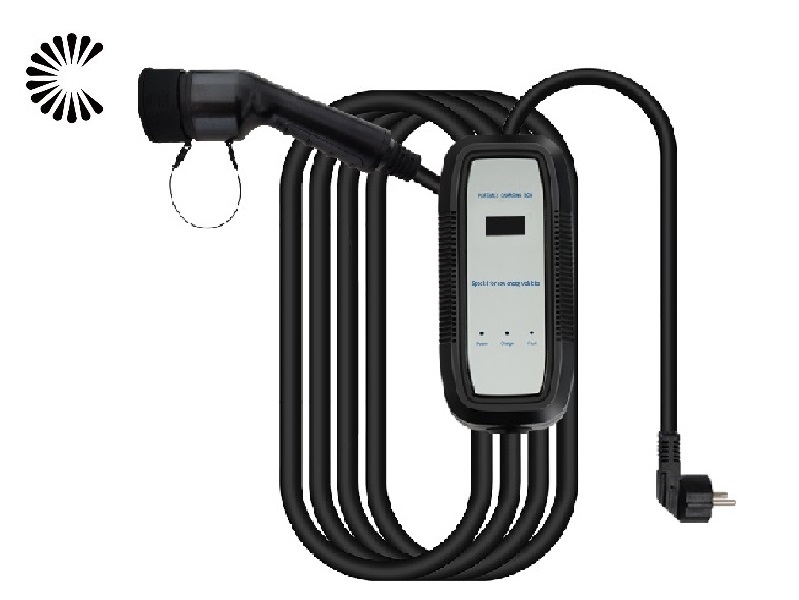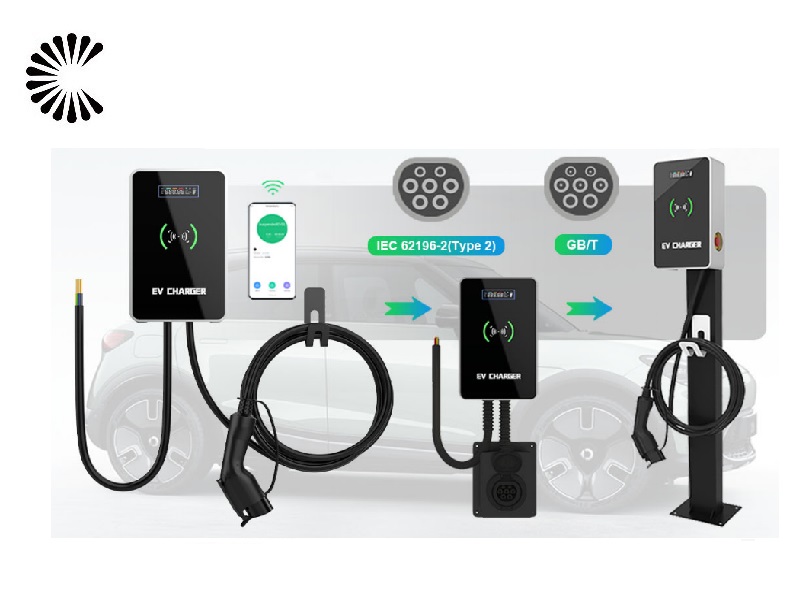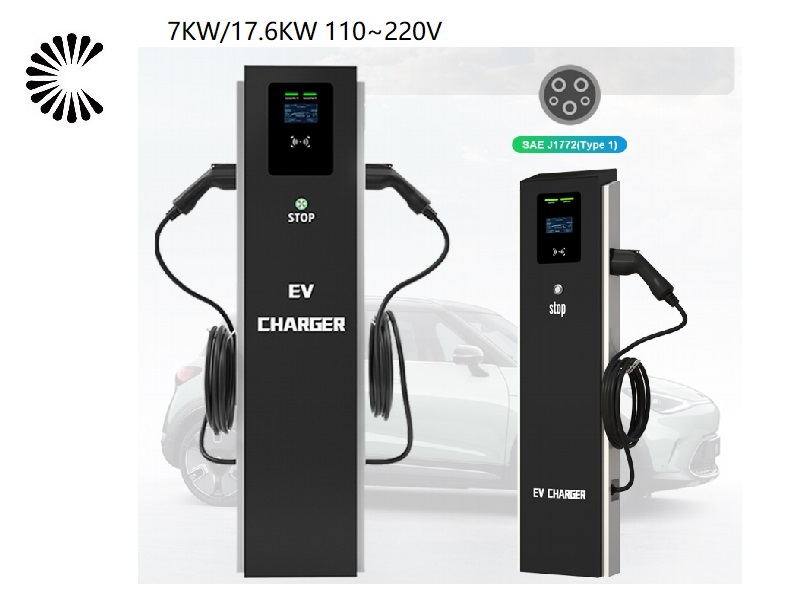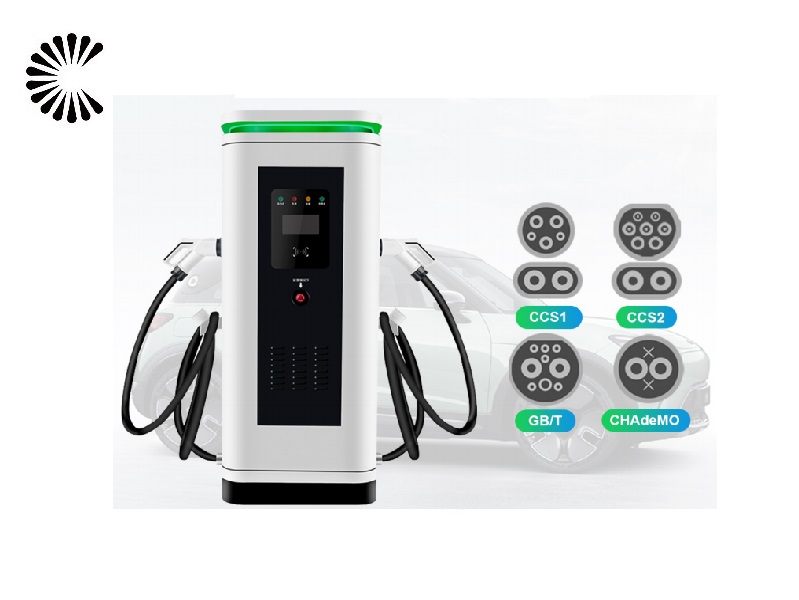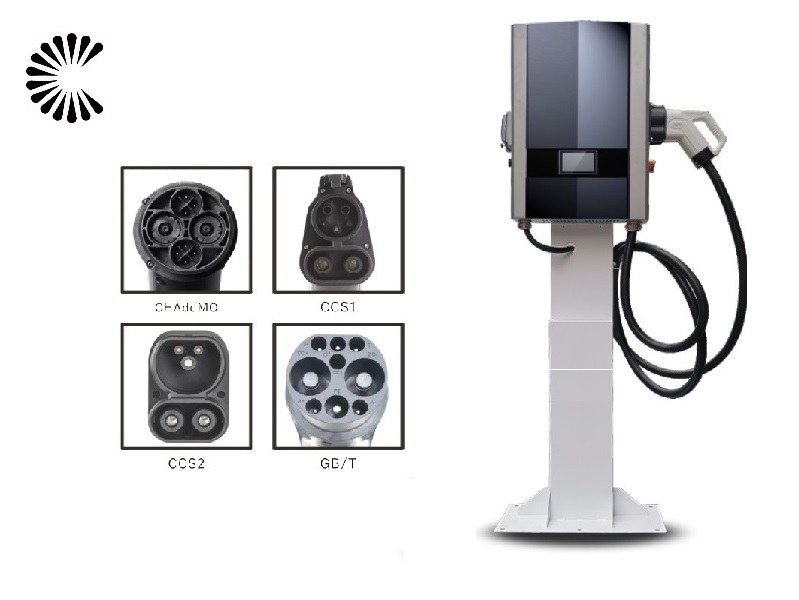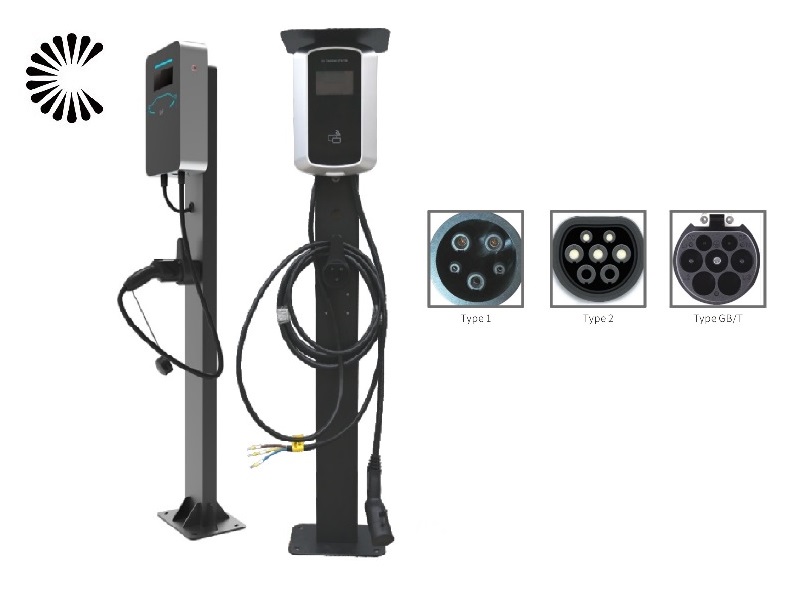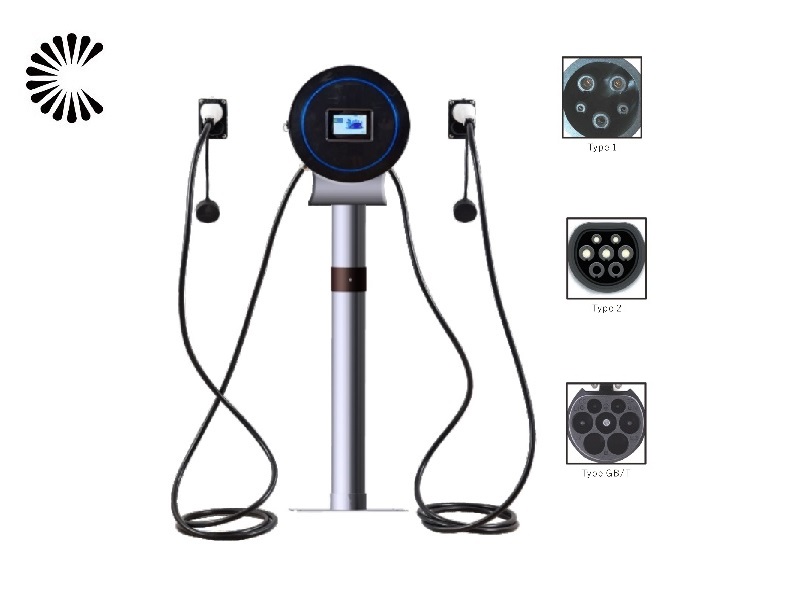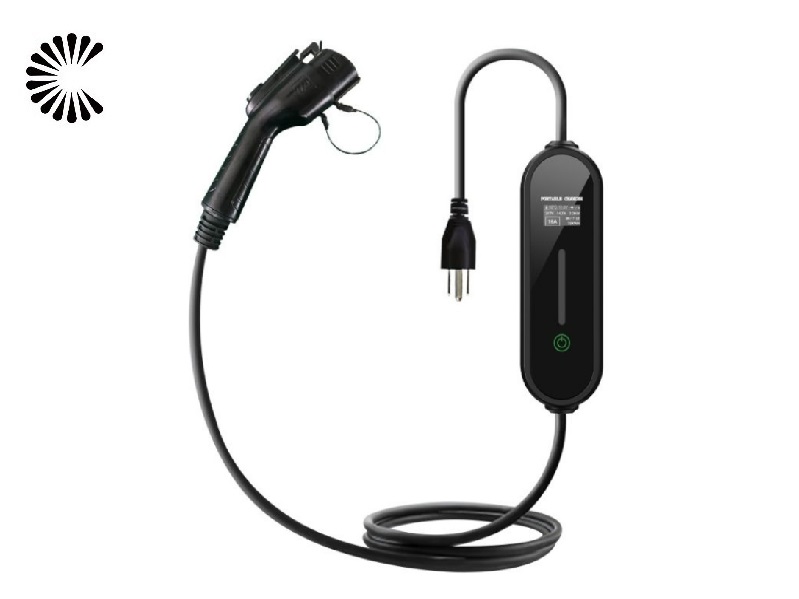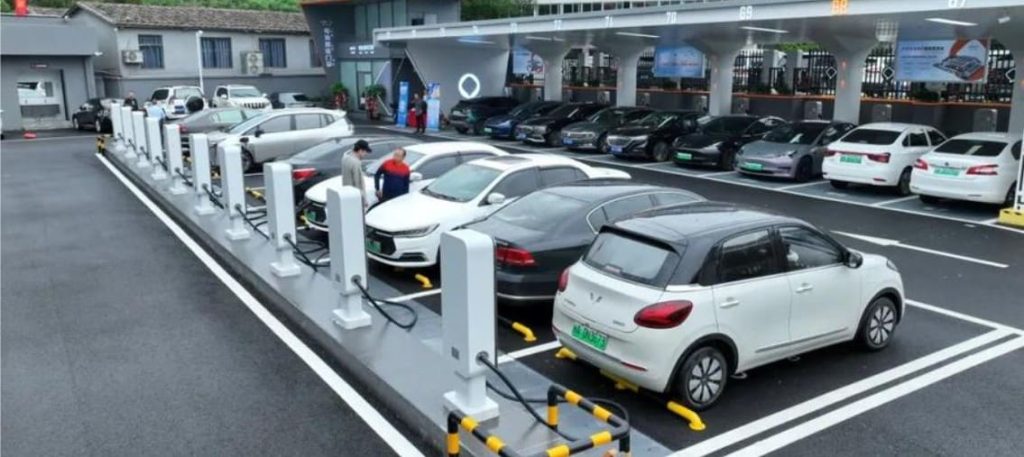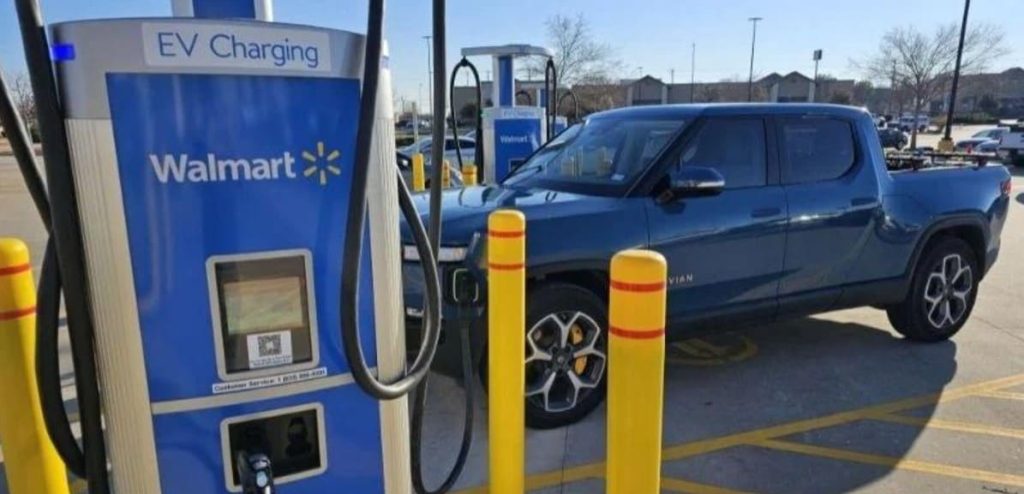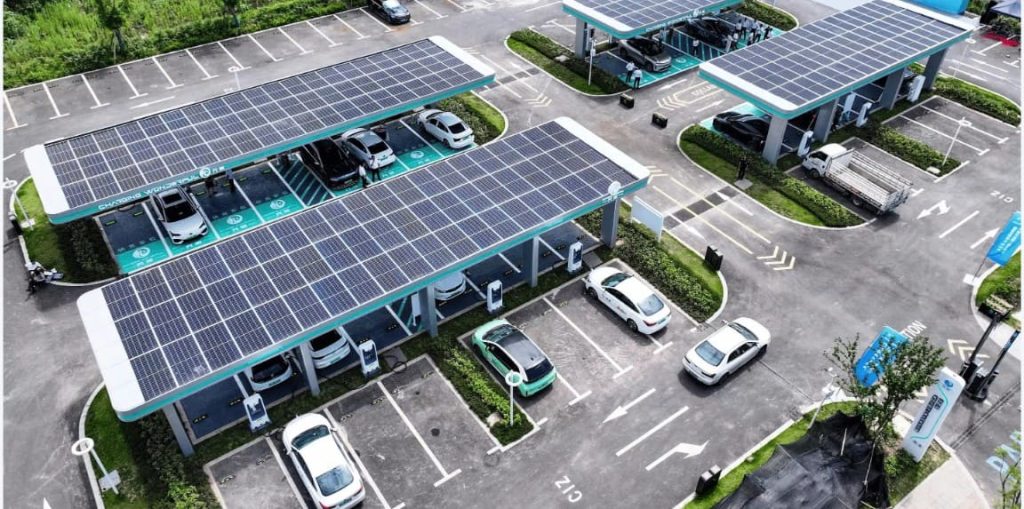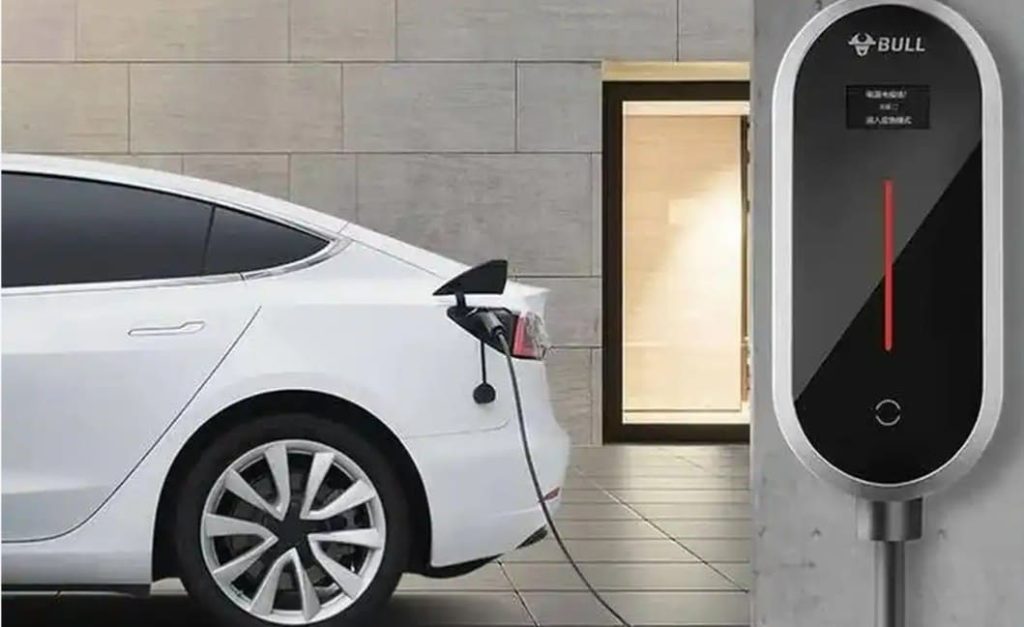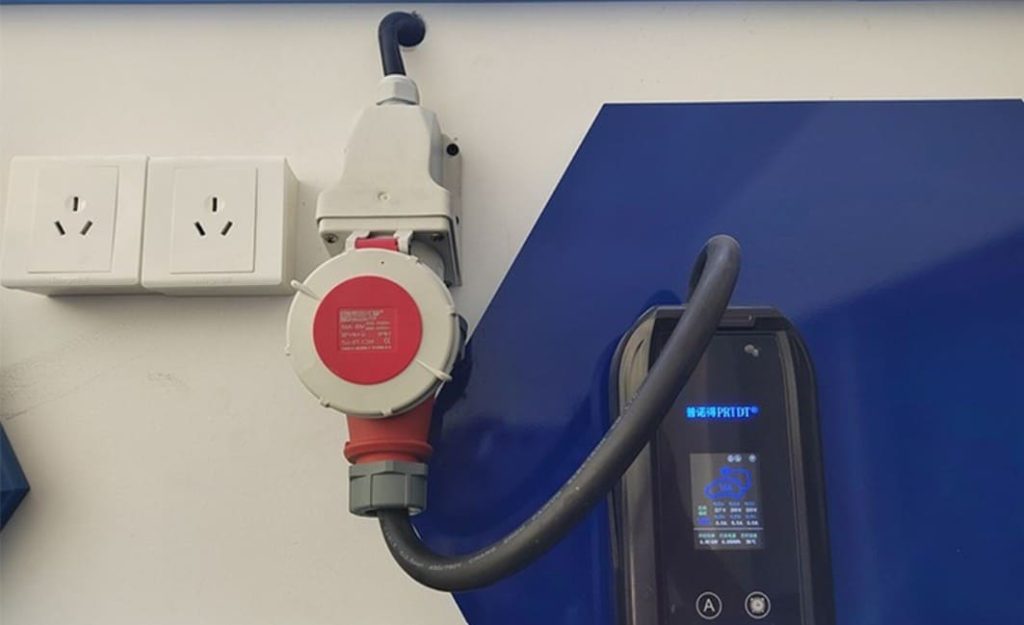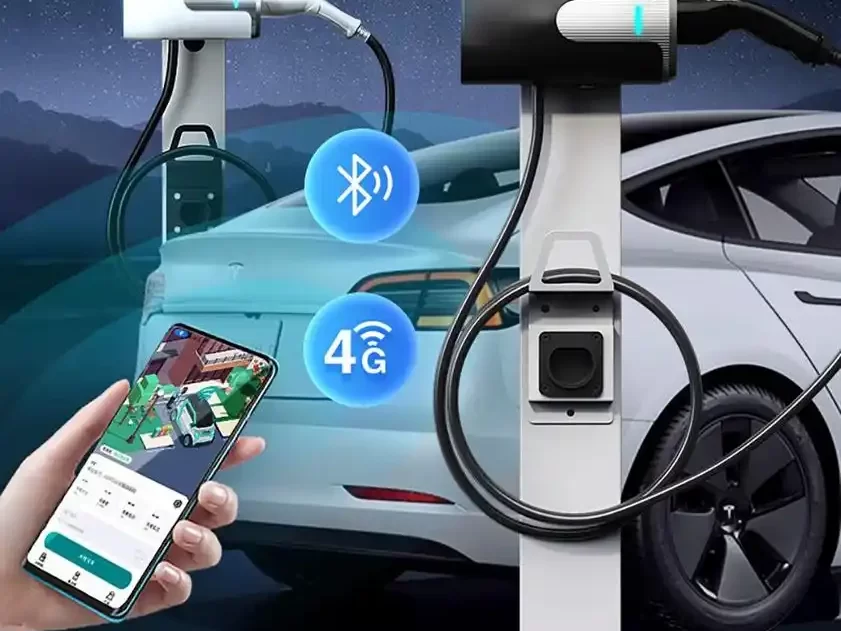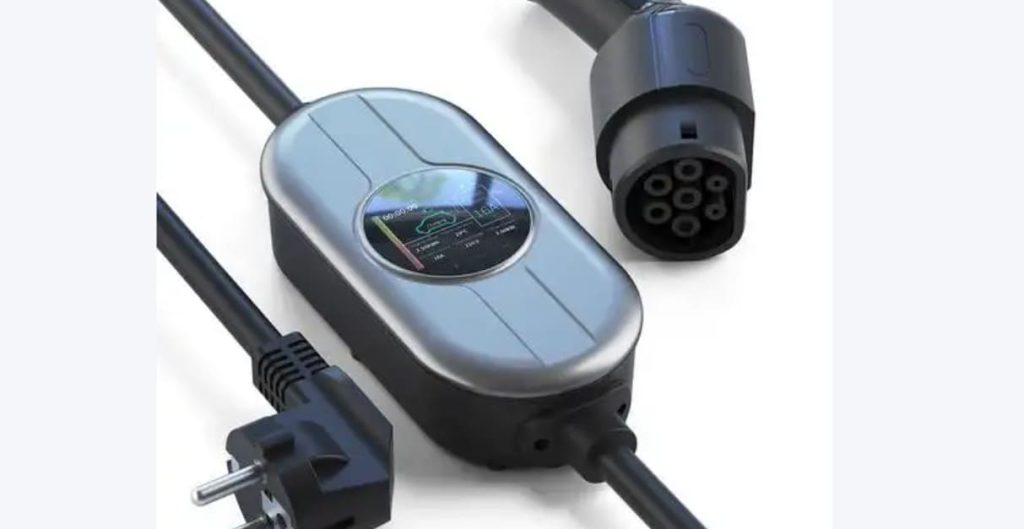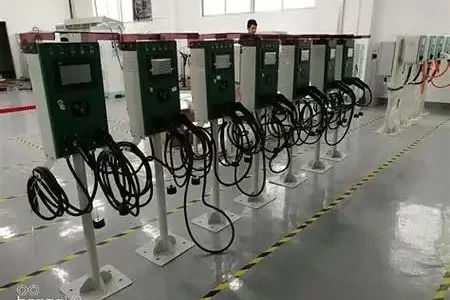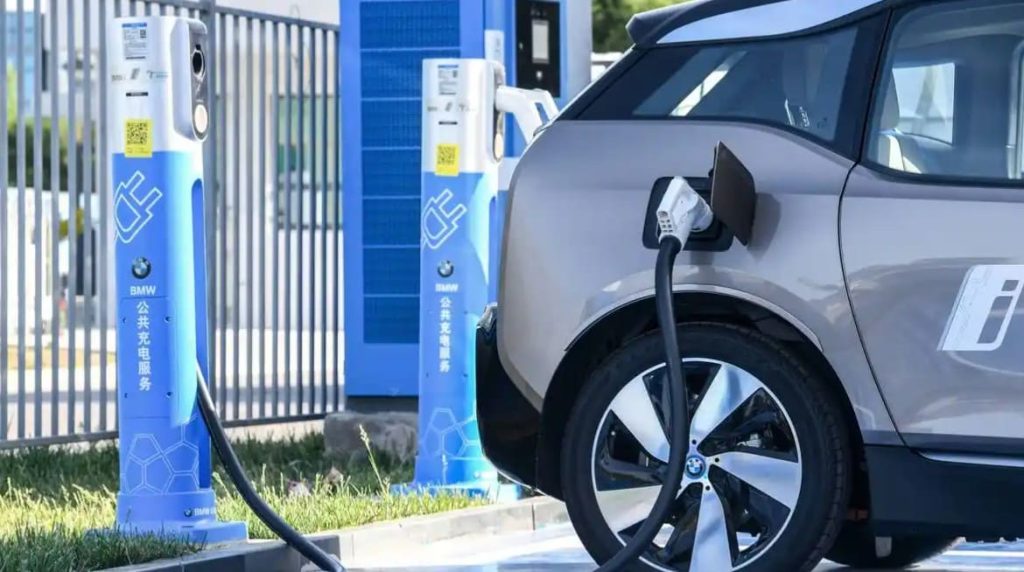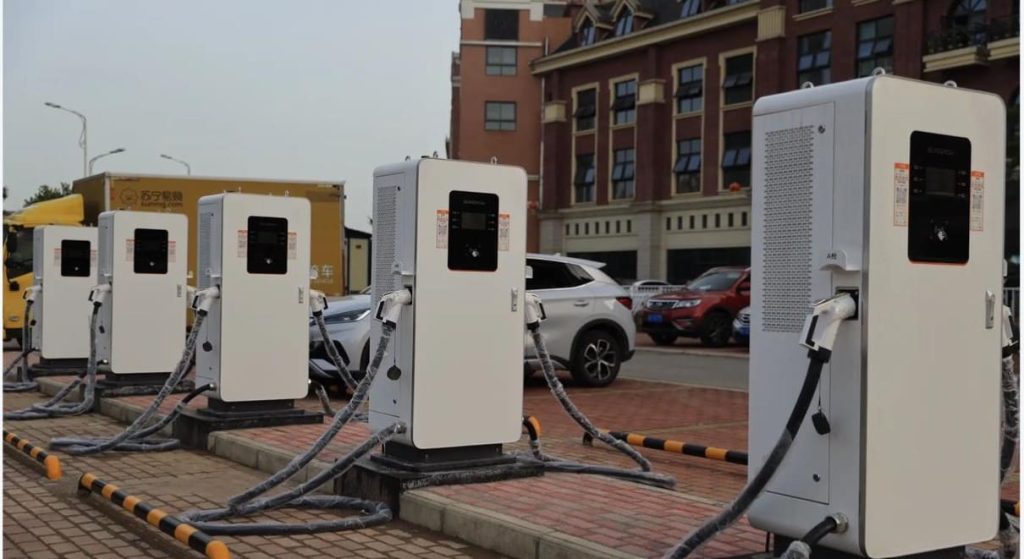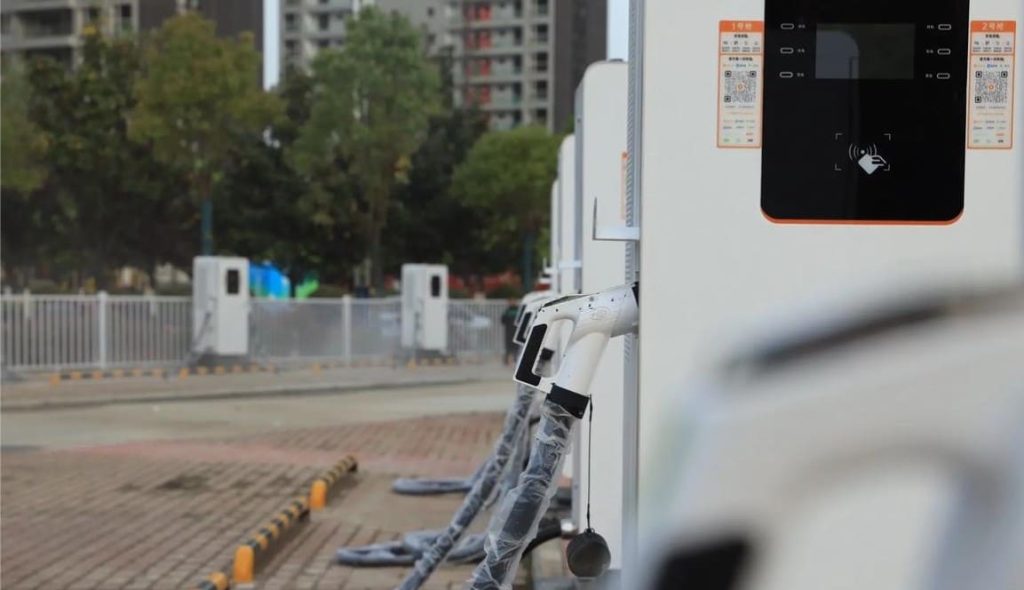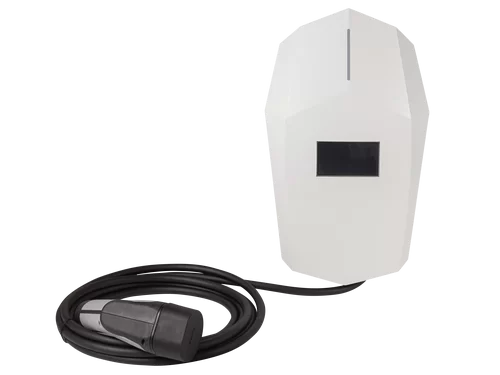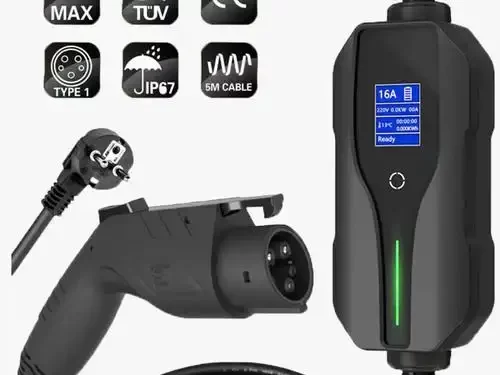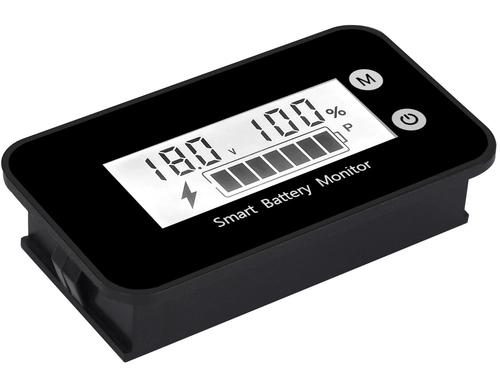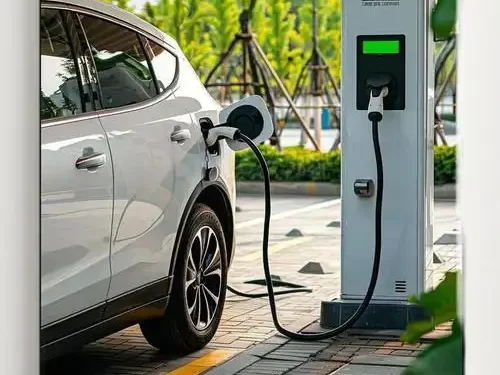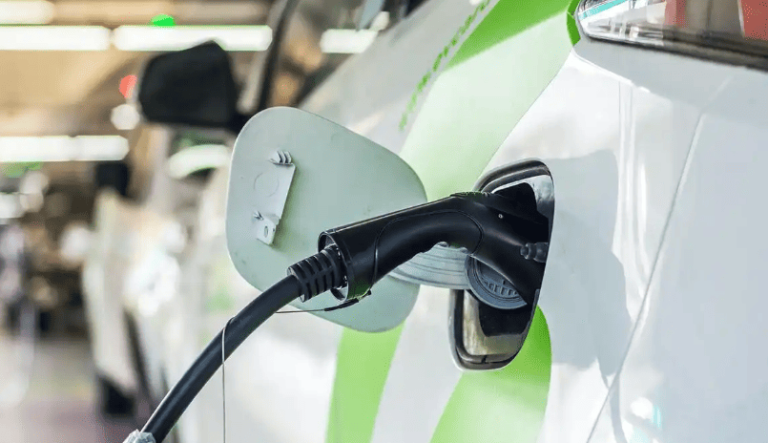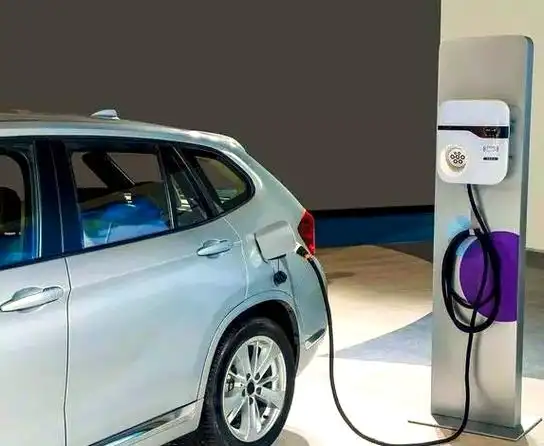Is it safe to sit in a charging car?
Is it safe to sit in a charging car? In theory, you can sit in the car when charging. But in order to ensure personal safety, it is not recommended to sit in the car when high-voltage charging. Why did you leave the vehicle? This is because when the new energy vehicle is charging, especially when it is in fast charging, it will produce a large charging current and voltage. In order to avoid damage to personal safety caused by accidents such as leakage, leaving the vehicle is a wise choice. Even if there are no problems during the charging process, we should put safety in the first consideration. Because the car is connected to the high-voltage interface when charging, the state of the car is different from the usual, the voltage used for charging is high. Therefore, people are not safe to sit in the car.
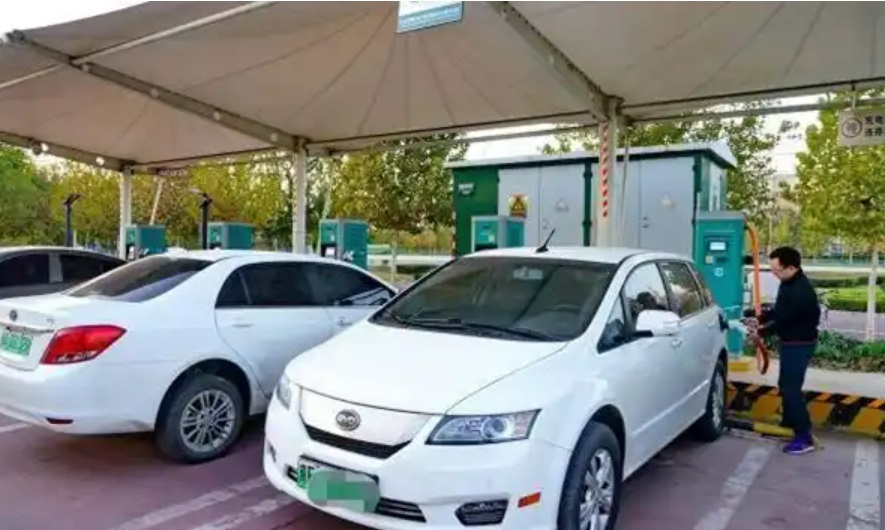
In addition, in the process of charging new energy vehicles, we should turn off the relevant electrical equipment on the car in time. Such as air conditioners, media players, etc. Even during the charging process, the continued use of these devices will cause a large loss of the vehicle battery. At the same time, this may also interfere with the normal charging and discharging process of the vehicle, and reducing the charging efficiency. Therefore, in order to protect the battery life of the vehicle and improve the charging effect, we should turn these devices off while charging.
About the charging method
- Although fast charging can quickly fully charge the vehicle, it is not recommended to use DC fast charging frequently. This will cause a large loss to the charging system and battery system of the vehicle and shorten the life of the battery. Instead, we recommend using the regular slow charging method. Unless there is an emergency need to use the car, this way is more gentle, can protect the vehicle’s charging system and battery, extend its service life.
- When charging an electric car, the charger needs to dissipate heat. Best ventilated, not sealed. The factory carried out destructive experiments. The charger is placed in a 120 degree oven, the shell is deformed, and the charging parameters of the charger remain basically unchanged. But don’t put it in an airtight place to charge.
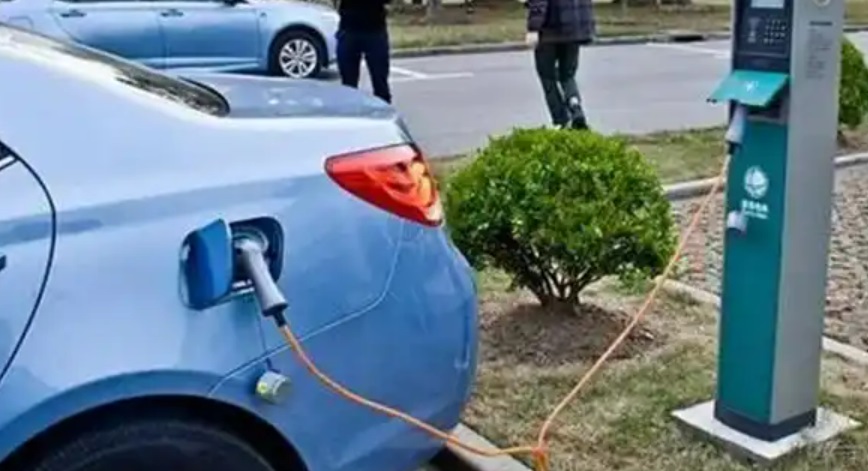
Some people may worry about the radiation problem when charging, but as long as it is a qualified model produced by a regular manufacturer, the radiation is very small, far lower than household appliances such as microwave ovens. There are also concerns that new energy vehicles will spontaneously ignite when charging, but in fact, spontaneous combustion is only a small probability of time, there will be smoke and other signs before the fire, and the car personnel have enough time to escape. Many statistics show that electric vehicles are safer than conventionally fueled vehicles.
When charging new energy vehicles, when the power reaches about 80%, the charging speed will be significantly slower because:
- For considerations of improving the charging speed, many pure electric vehicle chargers now have fast charging function, generally only take about half an hour to charge to 80%. In this charging mode, the vast majority of chargers use high current, which is easy to cause short circuit of the line, and even may be due to excessive load. In order to reduce the risk factor, the battery temperature needs to be controlled within a safe range, so the battery will charge significantly slower when it is charged to about 80%.
- In order to extend the service life of the battery, in general, the temperature rises, the chemical reaction inside the battery will be significantly faster, and the chemical activity of the cell will also decay, mainly in the battery internal resistance increases, the output power becomes smaller and the performance is reduced. Therefore, during the charging process, in order to maintain the good performance of the battery, the charging speed will be reduced to about 80%, mainly in order to delay the chemical reaction inside the battery by reducing the temperature.
- The existence of cycle life is generally based on the number of times as a unit, indicating the number of cycles that can be charged and discharged. In general, in the process of cyclic charge and discharge of lithium batteries, the battery has been in a state of gradual decay. After reaching a certain number of charges and discharges, the battery performance will be significantly reduced. The excess heat and temperature increase during the charging process will also affect the cycle life of the battery, and even affect the internal chemical reaction of the battery, resulting in the occurrence of some side reactions.

Precautions for charging electric vehicles:
Strictly in accordance with the requirements of the car instructions to charge, do not use the “flying line” charging, many owners live near the public charging pile, there is no condition to install the charging pile, had to use the car charger to charge with the 220V charger at home, so some owners use the “flying line” charging method. “Flying line” charging is very dangerous, ordinary plugboard in the charging process is easy to heat, easily lead to fire, electric shock and other accidents. Check the charging pile carefully. This is to prevent the accumulation of water or foreign matter caused by the inconvenience of charging, and a little attention, charging facilities are also easy to damage, so before charging, to check the charging pile side and the car side connector interface and clean or wipe clean before connecting.
Single charging time of electric vehicle:
According to the brand and different models of electric vehicles charging time are not the same, divided into fast charge and slow charge. Fast charge and slow charge are relative concepts, generally fast charge for high-power DC charging, half an hour can be filled with 80% of the battery capacity, slow charge refers to AC charging, the charging process takes 6 hours to 8 hours.
